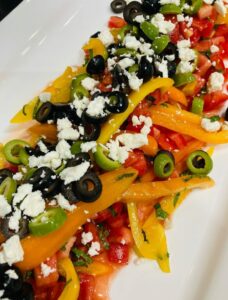
Is It Good to Eat Tomatoes Every Day?
Daily intake of tomatoes can provide a great lift to wellbeing, along with improving the flavor of food. Tomatoes are …



El inglés es el idioma de control de esta página. En la medida en que haya algún conflicto entre la traducción al inglés y la traducción, el inglés prevalece.
Al hacer clic en el enlace de traducción se activa un servicio de traducción gratuito para convertir la página al español. Al igual que con cualquier traducción por Internet, la conversión no es sensible al contexto y puede que no traduzca el texto en su significado original. NC State Extension no garantiza la exactitud del texto traducido. Por favor, tenga en cuenta que algunas aplicaciones y/o servicios pueden no funcionar como se espera cuando se traducen.
Inglês é o idioma de controle desta página. Na medida que haja algum conflito entre o texto original em Inglês e a tradução, o Inglês prevalece.
Ao clicar no link de tradução, um serviço gratuito de tradução será ativado para converter a página para o Português. Como em qualquer tradução pela internet, a conversão não é sensivel ao contexto e pode não ocorrer a tradução para o significado orginal. O serviço de Extensão da Carolina do Norte (NC State Extension) não garante a exatidão do texto traduzido. Por favor, observe que algumas funções ou serviços podem não funcionar como esperado após a tradução.
English is the controlling language of this page. To the extent there is any conflict between the English text and the translation, English controls.
Clicking on the translation link activates a free translation service to convert the page to Spanish. As with any Internet translation, the conversion is not context-sensitive and may not translate the text to its original meaning. NC State Extension does not guarantee the accuracy of the translated text. Please note that some applications and/or services may not function as expected when translated.
Collapse ▲
Daily intake of tomatoes can provide a great lift to wellbeing, along with improving the flavor of food. Tomatoes are …
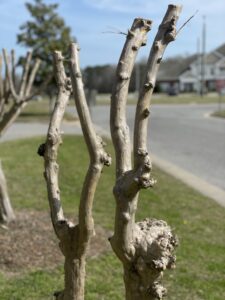
When the days begin to get shorter and cooler, there are two very popular myths that I begin to hear! It …
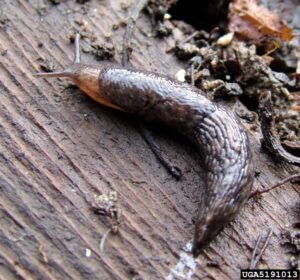
“What’s eating my hostas?” The caller said, “I come out in the morning and there are these holes in …

Tasty, healthy and versatile, shrimp are a favorite of most seafood eaters. In North Carolina, wild-caught shrimp is one of …
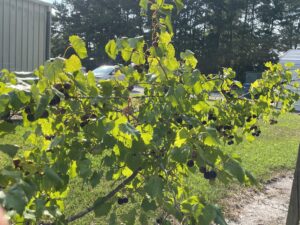
There are few rural residential properties across the Southeast that do not have a grapevine growing somewhere. Be it …

As we are still enjoying warm weather in Eastern NC it is hard to believe that school is starting …

I did a class for the Cypress Landing community a few weeks back and one of the questions was …
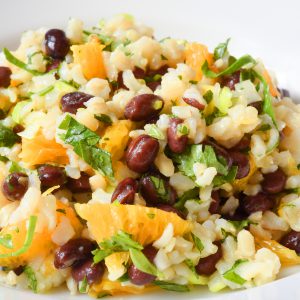
Busy lifestyles compete with time spent in the home kitchen. Ordering takeout can seem like the easiest, most convenient option …
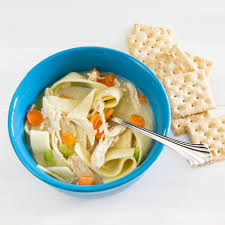
In spite of all your efforts to stay healthy, your child has caught the bug. Did you know children, on …
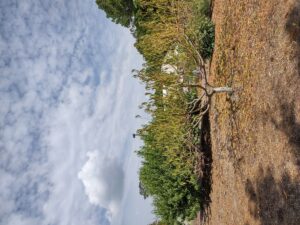
I have an Extension Master Gardener℠ Volunteer that says, “Growing fruits and vegetables should be more of a hobby. …
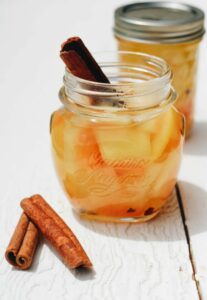
Watermelon is the most popular melon in the United States, followed by cantaloupe and honeydew. Melons come in a variety …
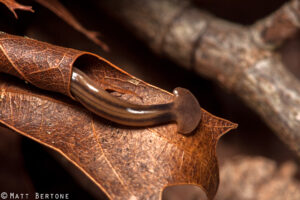
Some things that you see in horticulture just don’t seem natural…sometimes they almost seem like they are alien! Have you …
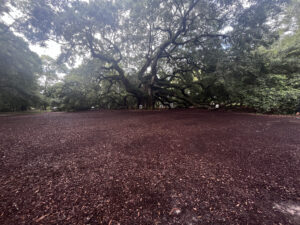
I had the opportunity to travel to Charleston, South Carolina a few weeks back to attend a meeting with …
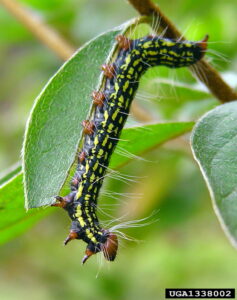
It’s that time of year again and the usual suspects are beginning to appear! Last week I went over …
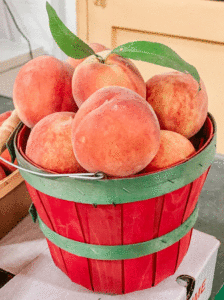
North Carolina ranks approximately ninth in peach production. The majority of peaches are grown in the Sandhills area but, …
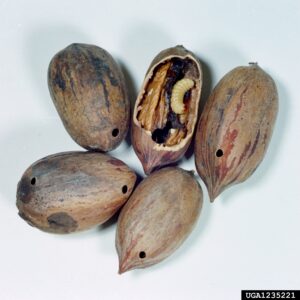
Pecan trees (Carya illinoinenis) are the hallmark of many landscapes in Eastern North Carolina. They become grand trees, spreading …
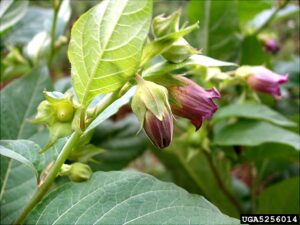
To a plant guy like me, plants are always pretty cool. Plants are energy producers in that they can …
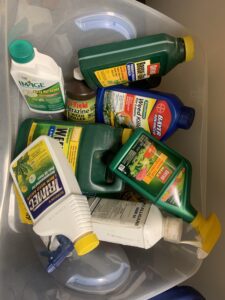
This time of year, with every passing warm day, a hot topic has been spraying herbicides on home lawns. I …

For overall better health and chronic disease prevention, consumers are looking for a healthier oil that can be used …
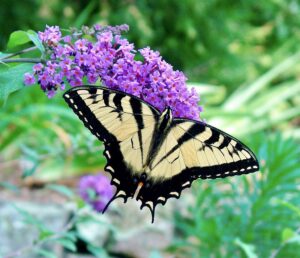
We all have our passions! I have a few to be honest. I love my family and right now …